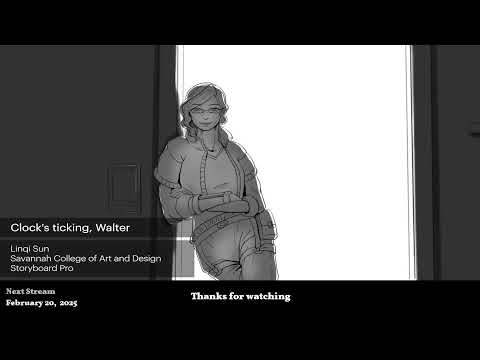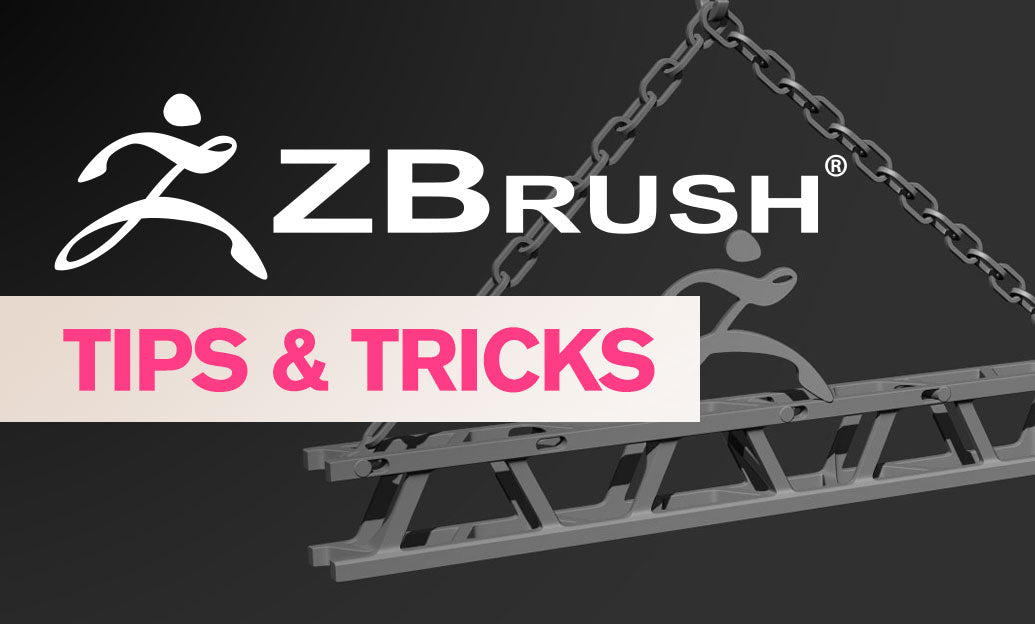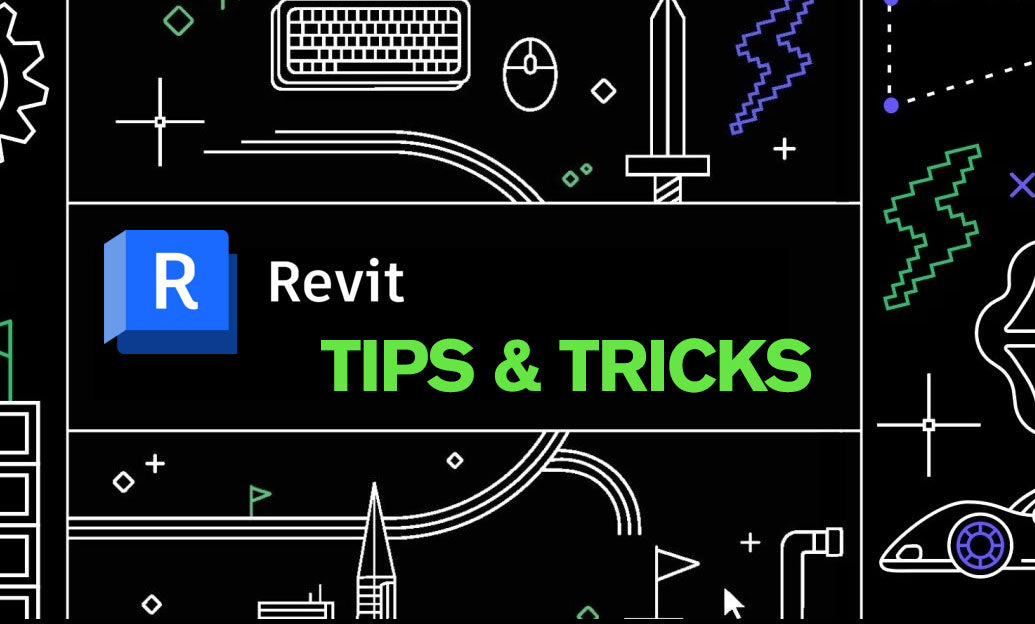Your Cart is Empty
Customer Testimonials
-
"Great customer service. The folks at Novedge were super helpful in navigating a somewhat complicated order including software upgrades and serial numbers in various stages of inactivity. They were friendly and helpful throughout the process.."
Ruben Ruckmark
"Quick & very helpful. We have been using Novedge for years and are very happy with their quick service when we need to make a purchase and excellent support resolving any issues."
Will Woodson
"Scott is the best. He reminds me about subscriptions dates, guides me in the correct direction for updates. He always responds promptly to me. He is literally the reason I continue to work with Novedge and will do so in the future."
Edward Mchugh
"Calvin Lok is “the man”. After my purchase of Sketchup 2021, he called me and provided step-by-step instructions to ease me through difficulties I was having with the setup of my new software."
Mike Borzage
V-Ray Tip: Enhancing Real-Time Rendering: Integrating V-Ray with Unreal Engine
January 08, 2025 2 min read

Integrating V-Ray with Unreal Engine can significantly enhance your real-time rendering workflows, providing high-quality visuals with efficient performance. Here are some essential tips to effectively use V-Ray alongside Unreal Engine:
- Seamless Asset Transfer: Use formats like FBX or OBJ to export your V-Ray-rendered models into Unreal Engine. Ensure that all textures and materials are correctly linked to maintain visual consistency.
- Optimizing Materials: Simplify complex V-Ray materials for Unreal Engine by reducing shader complexity. Utilize Unreal’s material system to recreate essential material properties, ensuring real-time performance without sacrificing quality.
- Lighting Consistency: Match the lighting setups between V-Ray and Unreal Engine to achieve seamless integration. Use HDRI maps and similar light sources to maintain consistent illumination across both platforms.
- Utilize V-Ray Assets in Unreal: Leverage V-Ray’s rich library of assets and materials by converting them into Unreal-compatible formats. This allows for a more extensive and visually appealing asset library within your Unreal projects.
- Performance Optimization: Balance visual fidelity and performance by optimizing polygon counts and texture resolutions. Use LOD (Level of Detail) techniques in Unreal Engine to manage resource consumption effectively.
- Real-Time Previews: Take advantage of Unreal Engine’s real-time rendering capabilities to preview V-Ray assets interactively. This enables quicker iterations and enhances the overall workflow efficiency.
- Collaborate with NOVEDGE: Partner with NOVEDGE for access to comprehensive tutorials, support, and resources that streamline the integration process between V-Ray and Unreal Engine.
- Post-Processing Effects: Use Unreal Engine’s post-processing tools to enhance V-Ray-rendered assets further. Adjust parameters like bloom, depth of field, and color grading to achieve the desired visual style.
- Regular Updates: Stay updated with the latest versions of both V-Ray and Unreal Engine. Regular updates often include improved compatibility features and performance enhancements that can benefit your projects.
- Community and Learning: Engage with the V-Ray and Unreal Engine communities through forums and online platforms. Resources provided by NOVEDGE can offer valuable insights and solutions to common integration challenges.
By following these tips, you can effectively harness the strengths of both V-Ray and Unreal Engine, creating visually stunning and performant real-time applications. For more detailed guides and resources, visit NOVEDGE.
You can find all the V-Ray products on the NOVEDGE web site at this page.
Also in Design News

2D/3D Animation:Collaboratory with Mike Morris and Aaron Paetz
February 20, 2025 1 min read
Read More
ZBrush Tip: Enhancing Organic Sculpting Techniques in ZBrush: Key Tips and Resources
February 20, 2025 2 min read
Read More
Revit Tip: Mastering Revit's Edit Profile Tool for Customized Design Efficiency
February 20, 2025 2 min read
Read MoreSubscribe
Sign up to get the latest on sales, new releases and more …


